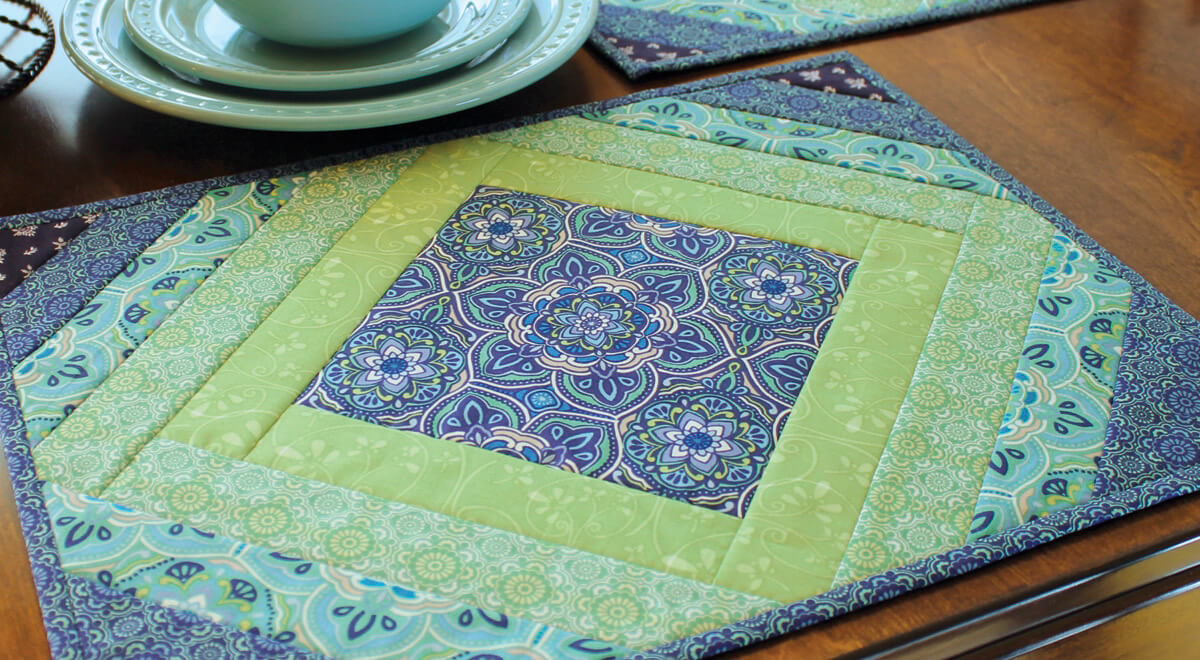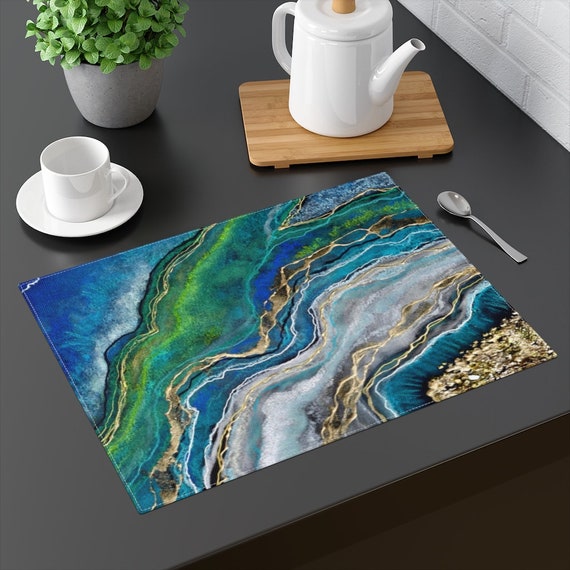Unique Art - Questions
Table of ContentsSome Known Incorrect Statements About Unique Art The Single Strategy To Use For Unique ArtThe Facts About Unique Art RevealedAll About Unique Art
While one could debate which art type holds priority, the reality remains that each of these seven types gives a distinct home window into human history, culture, and advancement. They are the tapestries that chronicle our journey, reminding us of our past while motivating visions for the future.Fantastic artwork informs a tale, makes individuals look two times, and creates an one-of-a-kind experience that can't be matched. Art and illustrations interact all of that via shade, form and various other layout components. Learn how to make your distinct artwork attract attention from the crowd.
3 Emil DervishIn this entryway by Emil Dervish that gorgeous cobalt blue door steals the show. To bring a lot more drama, he extended the paint. to the doorframe and the wall up, ending up in a curved shape. The curves, along with a round sconce, soften the sides - Unique Art. Frames vintage posters and maps of precious areas set the scene.
8 TRIA GIOVANEqual parts grand and laidback, this foyer created by Anthony Baratta is the best blueprint to follow if you're enhancing an official entry that still feels unfussy and comfy. Formed fabrics take facility stage (see the carpetings and the sofa), but they also aid bring the high ceilings down to a human scale when hung over wallpaper.
Facts About Unique Art Revealed
18 Heidi Caillier DesignA gallery wall surface does not need to take up the whole room. In reality, in some cases a little one can make a larger style declaration. In this living-room, Hiedi Caillier decided for micro-mini frameworks and an arbitrary composition. Promotion - Continue Analysis Below19 Stephen Kent JohnsonDesigner Juan Carretero opted for a deep eco-friendly paint shade to contrast with the light timber coatings.
The aspects of this languageits forms, lines, colours, tones, and texturesare utilized in various methods to produce feelings of quantity, space, motion, and light on a level surface. These aspects are incorporated right into expressive patterns in order to stand for genuine or mythological phenomena, to translate a narrative theme, or to develop completely abstract aesthetic connections.
Later the idea of the "great artist" developed in Asia and Renaissance Europe. Throughout the 19th century painters in Western societies began to lose their social setting and safe and secure patronage.
Little Known Facts About Unique Art.
Others gained an earnings with touring events of their job. The need to appeal to a marketplace had changed the similar (if much less impersonal) demands of patronage, and its impact on the art itself was most likely comparable too. Unique Art. Generally, musicians in the 20th century might get to an audience just with industrial galleries and public museums, although their work may have been occasionally recreated in art regulars
For the background of painting in old Egypt, see Egyptian art and architecture. The growth of painting in various regions is dealt with in a number of articles: Western paint; African art; Central Eastern arts; Chinese painting; Islamic arts; Japanese art; Oriental art; Native American art; Nautical art and architecture; South Eastern arts; Southeast Asian arts. For a discussion of the bogus of masterpieces, see imitation. For a discussion of the duty of paint and other arts in religion, along with of the usage of spiritual signs in art, see spiritual significance and iconography. For info on other arts associated to paint, see short articles such as attracting; individual art; printmaking. It is the sense of inevitability in this official company that provides a wonderful painting its self-sufficiency and existence. The colours and positioning of the primary images in a style might be sometimes mainly chosen by content representational and symbolic factors to consider. Yet it is the formal interplay of colours and shapes that alone can interacting a particular mood, creating optical feelings of room, volume, movement, and light and producing pressures of both consistency and stress, also when a paint's narrative symbolism is obscure.
Do not replicate the style of other musicians if you're searching for your design. Duplicating various other individuals's artwork can be great in academic objectives yet it will certainly not make you closer to discovering your very own one-of-a-kind design. Your creative design needs to be, what you like and what influences you.

An Unbiased View of Unique Art
You need to attempt great deals of various alternatives and explore whatever before you can focus on one particular design or you'll be burnt out, or worse, you'll despise your very own design. So I recommend you to try each and every single subject that you want, explore as much as you can. Try different mediums that excite you and brand-new methods you have actually never ever attempted before.
With time you'll be able to arrange all of them right into your favored and least favored classifications. Try to focus your attention on the topics and mediums that you like and prior to you see it coming you'll have your own personal and unique style, like no person else have! In right here the end you'll have a few preferred subjects to repaint and maybe a couple of favored mediums.
